What are Dangerous Goods?
This page was last updated on 9th March 2020Dangerous goods, (often called hazardous materials in the USA), may be pure chemicals, mixtures of substances, manufactured products or articles which can pose a risk to people, animals or the environment if not properly handled in use or in transport.
Dangerous in Use
Many products which we encounter on a daily basis can be hazardous to our health if we come into contact with them too often or for too long.
The packaging of substances such as household cleaning fluids and gardening products will often carry what are known as Risk and Safety phrases together with one or more small square orange symbols which describe the nature of the hazard and the actions that should be taken if the substance is accidentally spilled or swallowed. The Chemicals (Hazard Information and Packaging for Supply) Regulations, known as CHIP, require suppliers to provide this information to their customers.
Symbols which might be applied to retail packaging are:
![]()
![]()
![]()
![]()
![]()
![]()
These symbols only relate to the hazards in use of the product and do not automatically mean that it is dangerous in transport. However, it must not be assumed that all substances which are packed in small or retail packaging are not subject to the transport regulations, since the classification criteria are different.
Dangerous in Transport
Substances and materials which are dangerous for transport range from those which present obvious risks, such as explosives and fuming acids, through to more frequently encountered products such as paints, solvents and pesticides.
The transport of dangerous goods is regulated in order to prevent, as far as possible, accidents involving people or property, damage to the environment, to the means of transport employed or to other goods being transported. Each mode of transport, (air, sea, road, rail and inland waterway) has its own regulations but they are now largely harmonized with the Model Regulations, published by United Nations Economic and Social Council’s Committee of Experts on the Transport of Dangerous Goods.
The UN Model Regulations use a classification system in which each dangerous substance or article is assigned to a CLASS, depending on the nature of the danger it presents. There are 9 Classes, some of which are sub-divided:
Class 1 – Explosives
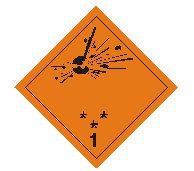
Class 2 – Gases
Division 2.1 Flammable gas
Division 2.2 Non-flammable non toxic gas
Division 2.3 Toxic gas
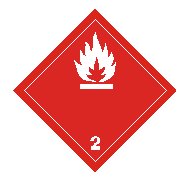
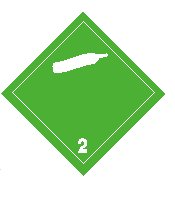
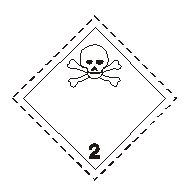
Class 3 – Flammable liquids
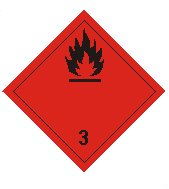
Class 4 – Other flammables
Division 4.1 Flammable solids
Division 4.2 Substances liable to spontaneous combustion
Division 4.3 Substances which, in contact with water, emit flammable gases
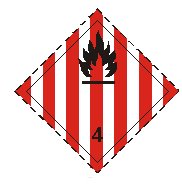
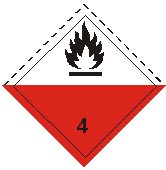
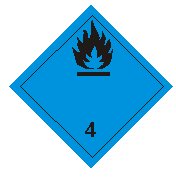
Class 5
Division 5.1 Oxidising agents
Division 5.2 Organic peroxides
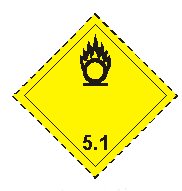
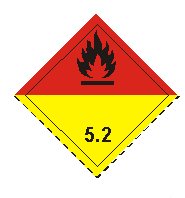
Class 6
Division 6.1 Toxic substances
Division 6.2 Infectious substances
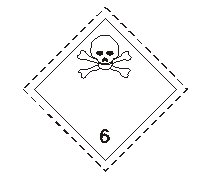
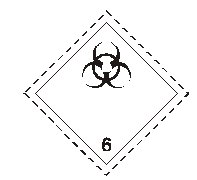
Class 7 – Radioactive materials
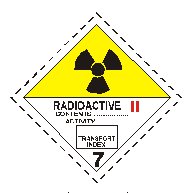
Class 8 – Corrosives
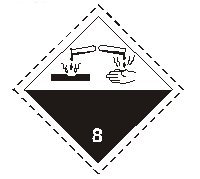
Class 9 – Miscellaneous
Class 9 includes items such as asbestos, automotive airbags, lithium batteries and environmentally hazardous substances which don’t fit into any of the other 8 classes.
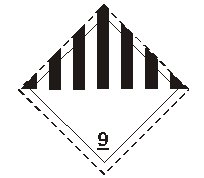
Whilst the CLASS defines the type of danger which a substance presents, a second classification, called the PACKING GROUP (PG) defines just how dangerous it is. There are three Packing Groups; PG I is the most dangerous, PG II represents a moderate danger and PG III is the least dangerous. Packing Groups are always written in Roman numerals to differentiate them from the Class numbers.
It is possible for a substance to appear in more than one Packing Group, depending on its concentration. For example, concentrated sulphuric acid is Class 8, PG II. A mild solution of the same acid, which might be marketed as a domestic drain cleaner, is still allocated to Class 8, but because of its lesser corrosivity could be PG III.


